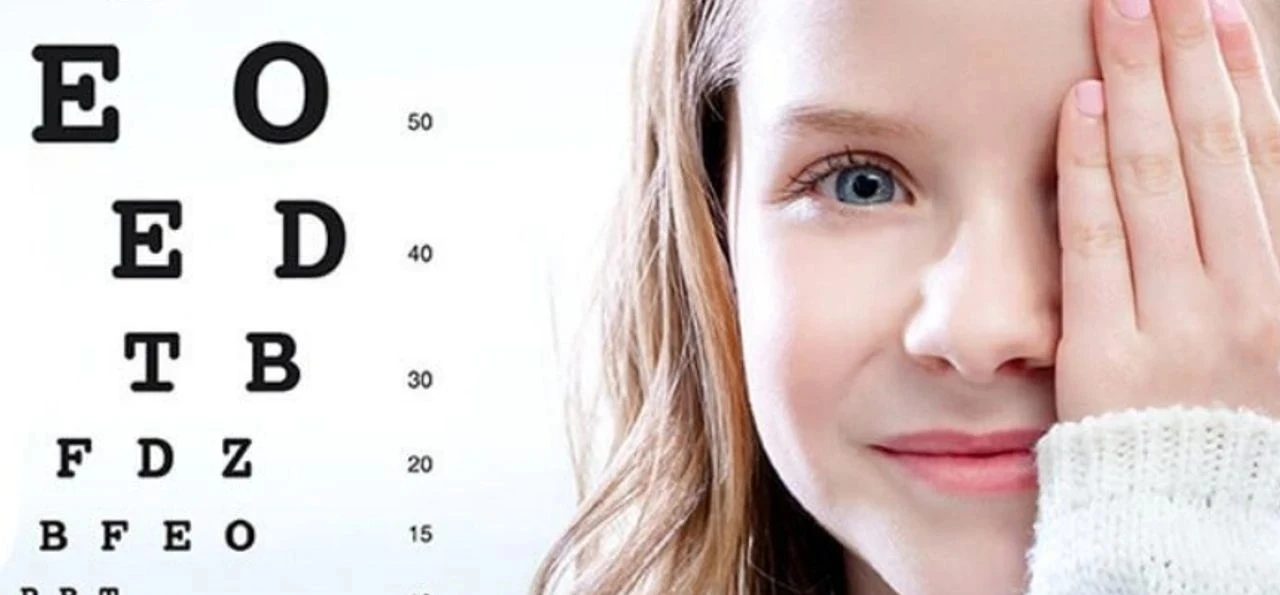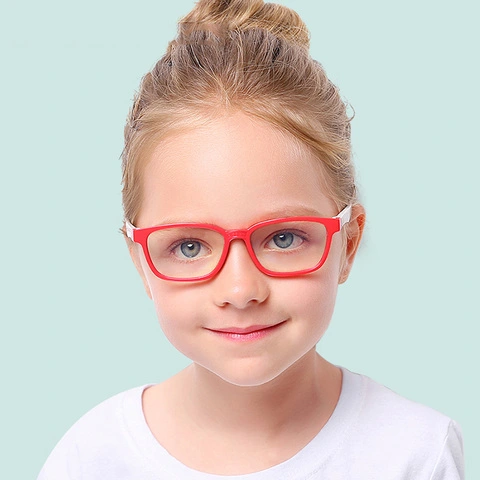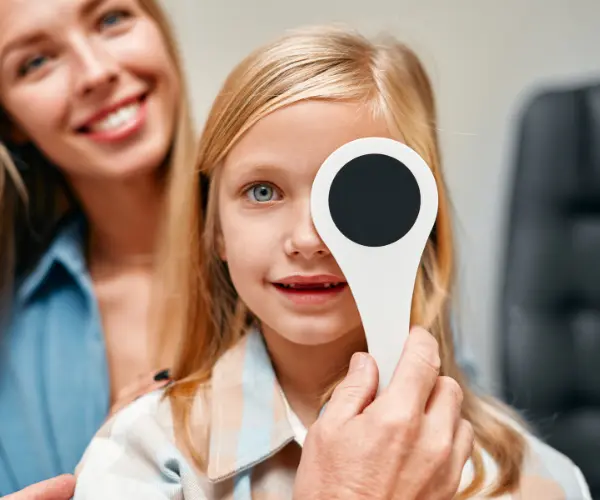Children explore the world through their vision. Whether playing, reading, or engaging in daily activities, their eyesight is their most important guide. However, some children may experience congenital or developmental eye diseases that can affect their academic success, social life, and overall development. Therefore, early diagnosis and proper treatment of pediatric eye diseases are crucial for maintaining healthy vision.
What Are Pediatric Eye Diseases?
Pediatric eye diseases encompass a range of eye health issues affecting children from infancy to adolescence. These conditions can result from congenital anomalies or developmental factors. Early diagnosis is essential to ensure long-term healthy vision for children as they grow.
Which Age Group Do Pediatric Eye Diseases Affect?
Pediatric eye diseases affect children from birth to adolescence (0-18 years old). Eye conditions vary depending on age and can present with different symptoms at different stages of childhood.
| Age Group | Common Pediatric Eye Diseases |
|---|---|
| Newborn (0-1 year) | Congenital cataract, blocked tear duct, congenital glaucoma, congenital ptosis |
| Infancy (1-3 years) | Amblyopia (lazy eye), strabismus, blocked tear duct |
| Childhood (4-10 years) | Myopia, hyperopia, astigmatism, eye allergies, strabismus, eyeglass prescription monitoring |
| Adolescence (11-18 years) | Progression of refractive errors, keratoconus, contact lens use, computer vision syndrome |
Regular pediatric eye exams play a critical role in improving a child’s quality of life. Early detection helps prevent permanent vision loss that could affect their future.
How Do Pediatric Eye Diseases Differ from Adult Eye Diseases?
Children’s eye structures and vision functions differ from adults. The development of eye muscles and the visual system occurs gradually from birth. Because of this, pediatric eye diseases require different diagnostic and treatment approaches compared to adult eye conditions.
For example:
- Amblyopia (lazy eye) can be successfully treated during childhood, while in adults, it becomes permanent.
- Children may struggle to express vision problems, making careful and comprehensive examinations essential.
Proper screening and early treatment during childhood can prevent lifelong vision impairment, emphasizing the importance of regular pediatric eye check-ups.
















